¿Por qué envejecemos los seres vivos? ¿Por qué no existe la vida eterna? Hace tiempo que la ciencia se plantea si hay un límite biológico para la vida, If the improvement of medicine can beat even the ageing. The reality is that the life expectancy in humans has not stopped growing since the year 1.840. But, much we can if we want to achieve the longevity of other species. These may include: the turtle can live up 180 years. In the case of vegetables, the scale is moved to another level, There are sequoias that can live more than 4.000 years. Y a pesar de lo increíble de esta cifra, There are bacteria that can even surpass.
- Koi (226 years)<aria-label="link">
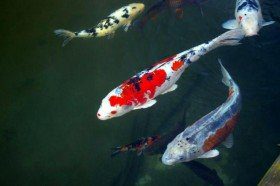
El nombre verdadero de estos peces koi es “nishikigoi” (literalmente “carpa ondulada”) y es un pez típicamente japonés. Es un pez que puede tener muchísimos colores distintos, because we have more than 20 different types. It is characterized by the waves that has drawn on the back, for the purposes of a tattoo design you are very well.
The fish symbolizes love and friendship in Japan. Lo que pasa es que la palabra “koi” en japonés significa simplemente “pez”, pero a su vez suena muy parecido a una palabra japonesa que designa “amor/afecto” (We say that it is like a play on words. It also, se lo asocia en las leyendas con los míticos dragones, because its form is very similar.
- Greenland whale (211 years)
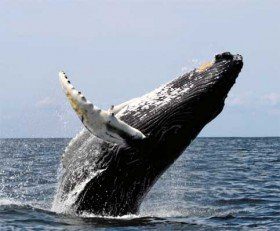
His body is notable for the absence of ridges or fins, being completely rounded and smooth. Its color varies slightly. It ranges from dark black to grey, con manchas blancas en la cola y en la mandíbula.
Estas ballenas están perfectamente protegidas contra el frío. They have a layer of fat in each 70 cm., lo que le permite habitar sin problema en aguas del Ártico.
As a curiosity, destacaría la altura que alcanza su chorro o propulsor de agua: 7 m high.
- Tuatara (200 years)

El tuatara es un regalo de Nueva Zelanda para el mundo porque es el único sobreviviente de un antiguo grupo de reptiles que vagaban por la tierra al mismo tiempo que los dinosaurios. Relatives of the Tuatara became extinct ago 60 millions of years by which the tuatara is called a “living fossil”.
The Tuatara mainly feed of, beetles, Crickets and spiders. Their diet also consists of frogs, lizards, eggs and hatchlings of birds such as petrels found unprotected in the nest in the Burrows.
- The Galápagos tortoise (193 years)

Turtle Galapagos Islands of the Galapagos giant tortoise ( Chelonoidis nigra ) It is the largest living species of sea turtles , reaching weights of more of 400 kg and lengths of more of 2 m, with the life expectancy in the wild over of 100 years, It is one of the longest vertebrate. The turtle is originally from seven of the Galapagos Islands, an archipelago of some volcano 1.000 miles west of the continental Ecuador.
The Spanish explorers who discovered the Islands in the 16th century, They called on the Galapagos Islands, meaning the turtle. El tamaño del caparazón y la forma varían entre poblaciones, mientras que en las islas con tierras altas y húmedas, the turtles are larger, with more domed carapaces and short necks, in the Islands with low and dry lands, they are smaller than, with shells and long necks.
- Tortuga Gigante (152 years)

There are many large turtles, but none is comparable to the species Geochelone nigra, la tortuga gigante de Galápagos, a truly impressive reptile. You can reach more than 1,80 meter in length, Although around 225 kg and live more than 150 years.
Tal como su nombre lo indica, This giant tortoise is native to the Galapagos Islands, un archipiélago del Pacífico localizado a 970 the Ecuadorian coast km. And like many other wonderful animals in nature, is threatened with extinction: in the list red of the Union International for conservation of nature
- Fulica buzzard (115 years)

El zopilote común (Coragyps atratus) is a species of bird which, Although some classifications include it in the order Ciconiiformes,3 in the new world Vulture family (Cathartidae); It is one of the most abundant in this family.
The vulture is a large bird of prey, with 65 centimeters in length, 1.5 meters of wingspan and a weight of between 2 and 2.75 kg. Their plumage is mainly glossy black. The head and neck have no feathers and his skin is dark grey and wrinkled. It is a scavenger, but it also feeds on eggs and newborn animals. Also feeds in places inhabited by humans in garbage cans. It finds its food using his acute eyesight or by following other vultures which possess the sense of smell.
- The Amazon Parrot (104 years)

Loro guaro in Amazon (Amazona amazonica) is a large Amazon Parrot. It is resident in tropical South America, of Venezuela, Isla Trinidad y Tobago sur de Perú y centro de Brasil.
Its Habitat is forests. Aunque común, It is hunted as a pest of agriculture, and capture for the pet market (more than 66.000 over the years 1981-1985). It is also hunted as a source of meat.
It makes implementations of 3-5 white eggs in a tree cavity, incubating them three weeks the female, and then two months to fly.
It's a medium Parrot, usually green with a yellow forehead and blue rims around the eyes. It feeds on seeds and fruit and is usually sees in pairs, Although it is not uncommon to see flocks of 50 or more individuals. It lives in tropical forests and forest edges, but also in areas with some trees. - Swan (102 years)

The best-known Swan is the mute swan, or vulgar, que originariamente vivía sólo en algunas regiones de Europa y Asia, but it was domesticated and introduced in many other parts of the world, such as North America and Australia, where has he returned to live in the wild. Now with regard to Europe is located in the British Isles, Denmark, and Germany. Accidentally reaches the North Finland and Norway, and South to Spain. It is believed that it was the Romans who introduced it in England.
The Swan mute or vulgar measured 1,5 m long and weighs around 16 kg. Its plumage is all-white, and the Bill is orange with a highly visible black lump at the base. The Swan boy or Swan Bewick and the Swan are the other two species living in Europe and Asia.
- Tent (100 years)

La carpa común es un pez nativo de Asia y se introdujo en casi todos los lugares del mundo. La carpa común fue encontrada en el Danubio aproximadamente 2000 years ago. It was a specimen of torpedo and Golden and yellow shape. Tenía dos pares de barbillas y una piel escamada que recordaba a la malla. Vivían en grandes piscinas romanas en el centro y sur de Europa (This fact was demonstrated to find remains of carp in excavations on the Danube)
La carpa común puede llegar a medir 1,2 m long and up to 40 Weight kg, Although normally measured in adult stage of 60-90 cm., and his weight is around the 9 Kg. Nada formando cardúmenes; is omnivorous, and a variety of weather-resistant.


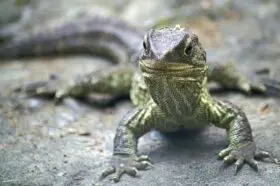
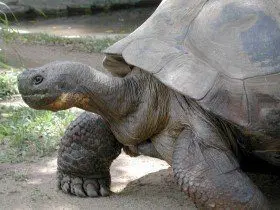
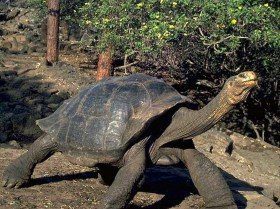
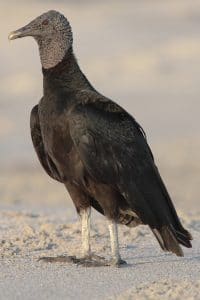
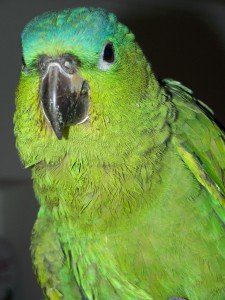
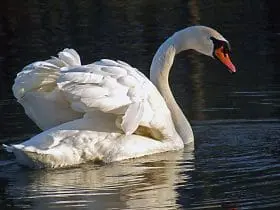
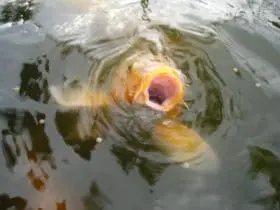

how U.S. sharks are called